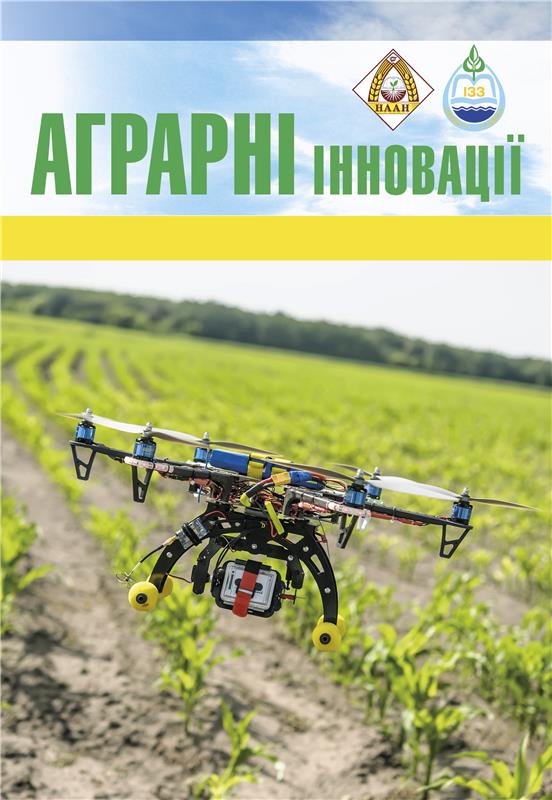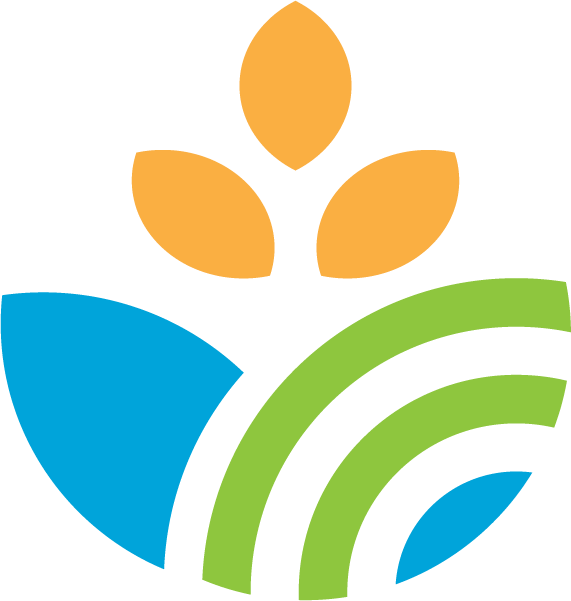ASSESSMENT OF CROP YIELD AND OPTIMIZATION OF THEIR CULTIVATION TECHNOLOGY
Abstract
A number of economic, environmental and social challenges indicate the need for widespread implementation of various optimization measures within the production and industry structure of agricultural enterprises. To more fully realize the potential of crop and livestock production, it is necessary to analyze the level of productivity of agricultural crops and periodically apply organic fertilizers.The purpose of the work is to compare crop yields over five years (2017-2021) with average values at the level of the Kharkiv region in 2021 and find ways to additionally attract waste from the livestock industry. To assess the productivity of the main agricultural crops (winter wheat, grain corn, sunflower, soybeans), we compared the dynamics of yield over the years from 2017 to 2021 with the average values for the Kharkiv region obtained in 2021 and calculated the volumes of manure application to the territory of the farm's working areas for the existing livestock population.The obtained yield indicators for grain crops on the farm showed an excess of the average values for the region in 2021 by 13 to 35,7%. As for the distribution of yield values for oilseed crops – sunflower, compared to the average for the region in 2021, the excess was 20.2%, and for soybeans – 10.5%. The lowest yield levels were observed in 2017 and 2020, and the highest in 2018 and 2019. A similar situation was observed for all crops, but the highest yield fluctuations were observed for winter wheat (from 52 c/ha in 2017 to 33 c/ha in 2019), grain corn (from 75 c/ha in 2017 to 85 c/ha in 2019) and sunflower (from 28 c/ha in 2017 to 33 c/ha in 2019). The lowest yield fluctuations over the years were in soybeans – from 18 c/ha in 2017 to 22 c/ha in 2019. Additionally, calculations were made of the yield of fresh litter manure from kept livestock during the stall period. It was determined that with the existing livestock population of 1,000 heads and a daily manure output of 42 kg, it is possible to apply about 14,700 tons of manure annually, which allows providing 735 hectares of arable land with organic fertilizers at a rate of 20 tons/ha, or up to 500 hectares at an application rate of 30 tons/ha.
References
2. Altieri M.A., Nicholls C.I. Agroecology and the reconstruction of a post-COVID-19 agriculture. Journal of Peasant Studies. 2020. Vol. 47, № 5, P. 881–898.
3. Бабан Т.О., Кулик А.Д. Економічний потенціал вітчизняного аграрного сектору в умовах війни. Управління розвитком соціальноекономічних систем: зб. матеріалів VІI Міжнар. наук.-практ. конф. Харків: ДБТУ, 2023. С. 69–72.
4. Писаренко В. М., Писаренко П. В. Органічні добрива на захисті родючості ґрунту: монографія. Полтава: Полтавське товариство сільського господарства, 2022. 156 с.
5. Біологічний азот: монографія / В.П. Патика, С.Я. Коць, В.В. Волкогон, О.В. Шерстобоєва, Т.М. Мельничук, А.В. Калініченко, І.В. Гриник; за ред. В.П. Патики. Київ: Світ, 2003. 424 с.
6. Технології поліпшення родючості ґрунту / І. Шувар та ін. Зерно. 2016. № 2. С. 158–163.
7. Федоров М. М., Ходаківська О.В., Корчинська С. Г. Розвиток органічного виробництва. Київ: ННЦ ІАЕ, 2011. 146 с.
8. Barrett C. B. Overcoming global food security challenges through science and solidarity. American Journal of Agriculture Economics, Vol. 103, Issue 4, 2020. 1–26 p.
9. Sánchez A. C., Kamau H. N., Grazioli F., Jones S. K. Financial profitability of diversified farming systems: A global meta-analysis. Ecological Economics. 2022. Volume 201, November, 107595. P. 1–12.
10. Урожайність культур сільськогосподарських за регіонами.xlsx / ДІЯ. Портал відкритих даних: веб-сайт 124. URL: https://data.gov.ua/en/dataset/188450fa-3a63-43b5-a783-503b52b3f847/resource/a4cc75cb- 3a9d-4c97-9cfb-00f3241416be (дата звернення: 14.02.2025).
11. Виробництво сільськогосподарських культур за категоріями господарств у 2021 році / Головне управління статистики у Харківській області: веб-сайт. (дата звернення: 14.02.2025). URL: http://kh.ukrstat. gov.ua/2021ulturzakateg/4319-arkhiv-virobnitstvo-silskogospodarskikh-kultur-za-kategoriyami- gospodarstv-u-2021-rotsi
12. Зінчук М., Бондарчук С., Мерленко І. Електронний посібник з дисципліни «Агрохімія». Луцьк: Луцький національний технічний університет, 2021. 27 с. URL:https://elib.lntu.edu.ua/sites/default/files/elib_uplo ad/%D0%91%D0%BE%D0%BD%D0%B4%D0%B0% D1%80%D1%87%D1%83%D0%BA%202 (дата звернення: 14.02.2025)






